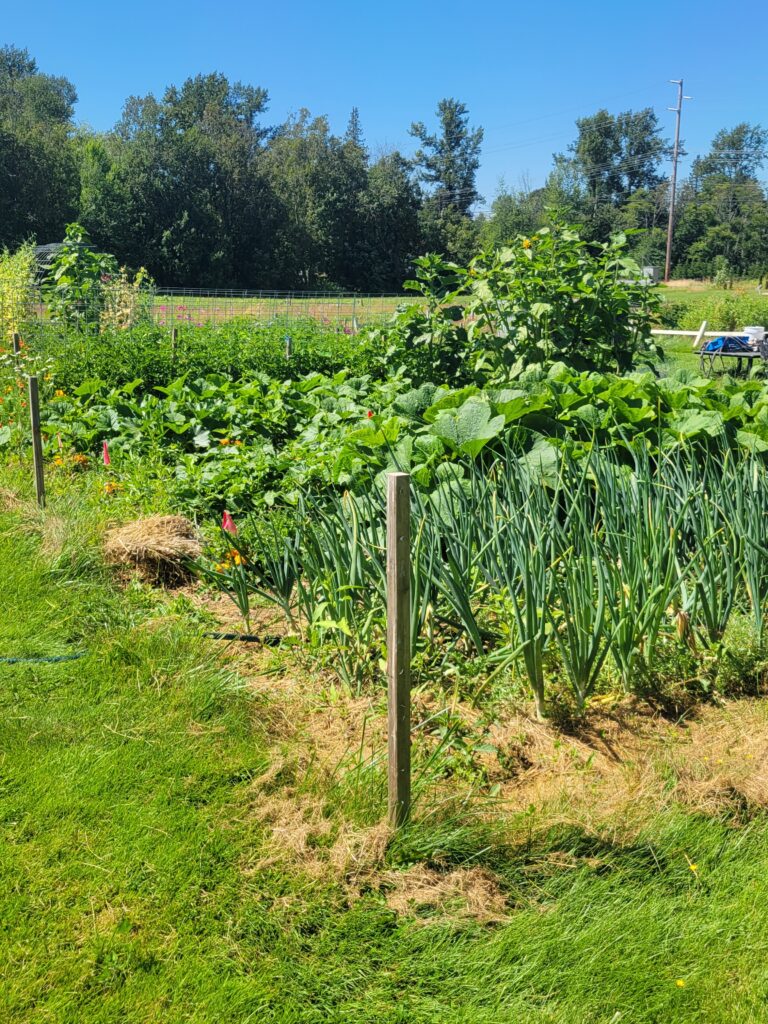It has been awhile since I have introduced our homesteading journey, the animals and other shenanigans’ that happen on the farm. Each year is quite a bit different than the years before. It helps keep things exciting and motivating.

Introduction to Ducks
This year we introduced Muscovy ducks to the farm. We had some trouble with predators and our first flock of 7, all that was left was our lonely drake named Duke. Found him a girlfriend, Lady Snow and she is gorgeous, with pure white feathers and blue eyes. He went from being severely depressed to as happy as can be.
A fellow farmer down the road was getting rid of 5 teenager Muscovy. She thought there were 4 females and one drake. We were looking for all females but took them anyways. It is looking like 4 out of the 5 are males. If they are truly males, I have found homes for them already. I am just hoping that my assessment is wrong.

Muscovy ducks have been such a fun animal to have on the farm! Duke follows me around the farm like a little puppy dog. We sit on the porch and watch traffic about everyday for a good 20 minutes or so. They help keep the mosquitos and slug populations down which has been a huge help.
Warning though if you are interested in the Muscovy duck, they are extremely messy, but we knew that going into it. It does not bother us at all.
The Market garden
The market garden was a bit of a disaster this year. The weather played a huge role in how it produced food this year. We did get them planted and we have had produce from them. If the weather holds out for September, we will get our squash and corn. If the weather turns cold, then it will be a total loss. It really could go either way..

It wasn’t until the beginning of July that we were able to actually plant the Market Gardens. Usually mid to late May and all of June, we are able to normally plant. This set us so far behind and we have struggled all summer.
the kitchen gardens
3 years ago we purchased topsoil from a local soil company In the soil, it had a pesticide that would allow the plants to grow, but they would not produce any fruit. We did not know at the time, but the gardens have struggled these last few years because of this.
After adding amendments and lots of compost, after 3 years we finally got it worked out of the soil and they finally produced food. I really wish companies would test for issues like this, because it really effects peoples food and lively hood.

becoming self sufficient on the farm
Our homesteading journey includes growing our own food and expanding our flock with having our animals have their own babies. There is 2 different options for expanding your flock of chickens. Buying baby chicks or hatching our your own. This year we had a chicken go broody. She was determined to have babies and I gave up fighting her. We were not sure if our rooster was old enough to fertilize the eggs but gave it a try. We placed 14 eggs under the momma and she successfully hatched out 10. After that hatch, we lost half of our flock to a neighbor dog.
I let another broody momma hatch out 6 of 6 eggs. We ended up with 5 roosters total and we need more hens than roosters. So we will be hatching out one more set before winter hits. Previously, we had always purchased our chicks from a local feed store.
As each year passes, we try to grow as much food as we can and now we are adding live stock into the mix. It is a goal for us to see how many months we can go at a time without going to the grocery store. Our record is 2 months.

our homesteading journey
We have been on this journey for 11 years now. We do a little bit every year and it all adds up significantly. If you try to do all the project in one or two years, you will become overwhelmed. Homestead burnout is a real thing. At one point we became burned out and had to step back from the projects. I think we are finally ready to start them back up again.
Leave a Reply